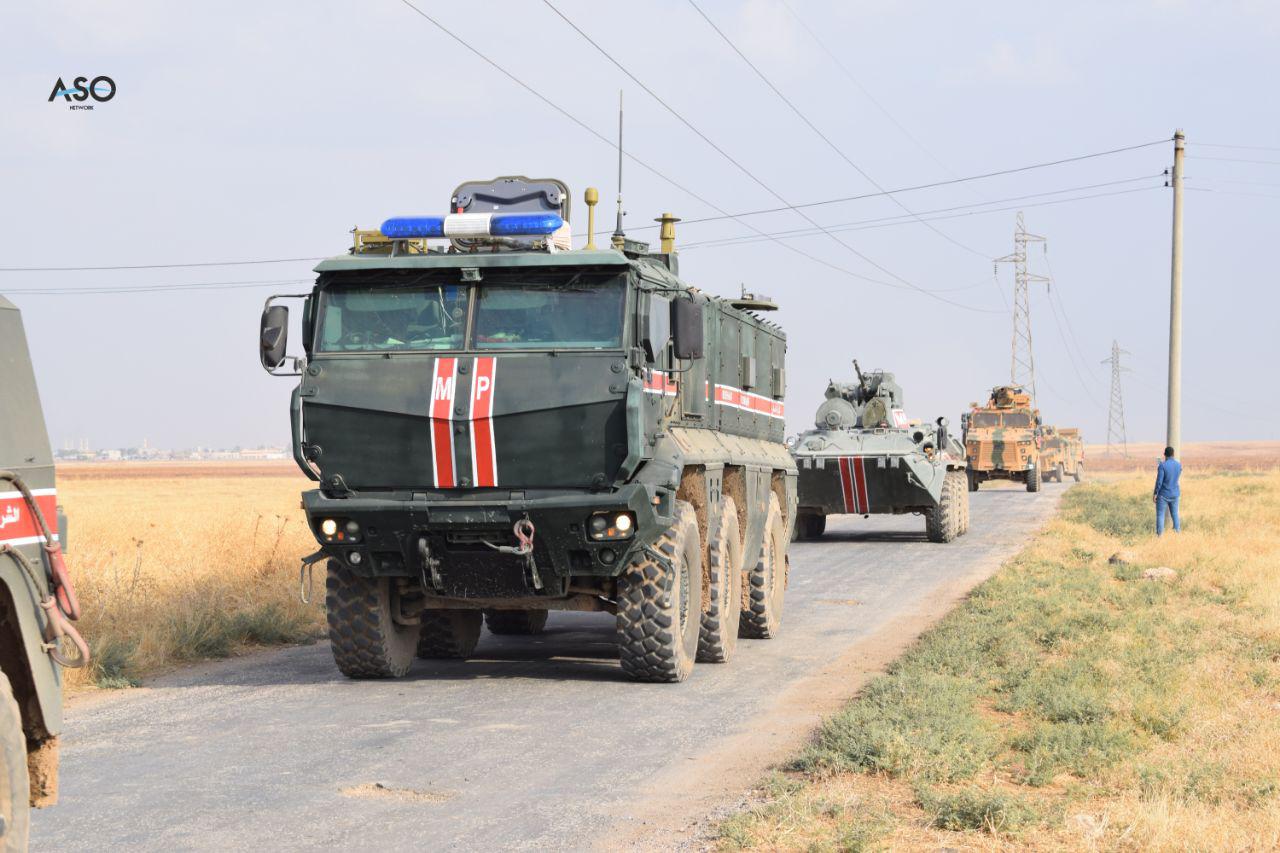articles
The Safe Zone… a Turkish dream since the beginning of the war in Syria

Turkish and Russian patrols began to roam the “safe zone” and demarcate its borders, in the area occupied by Turkey in its recent aggression against the cities of Sri Kaneh / Ras al-Ain and Tal Abyad in northeastern Syria at the beginning of last month.
According to the Turkish plan, the establishment of a safe zone along the Turkish-Syrian border aims to resettle Syrian refugees.
Although the creation of a safe area provides refuge for displaced civilians, provides them with shelter, security, food and health care, and prevents mass migration to neighboring countries, the creation of a safe zone for civilians within a conflict zone will create many challenges and its consequences cannot be controlled because if the agreement breaks down Civilians are vulnerable to attack again.
Experts have also pointed out that historically safe zone have not had much success in ending conflicts or preventing renewed flare-ups, as well as concerns that the Turkish plan could put groups of Kurdish civilians at risk of displacement and genocide while their stated aim is to protect fleeing civilians from armed conflicts.
It should be noted here that the objectives behind the identification of safe zone may not necessarily always be humanitarian.
Human Rights Watch noted that Turkey’s proposed zone would not be entirely safe and predicted that it would foreshadow the creation of new batches of displaced civilians in the absence of adequate infrastructure to house large numbers of returning refugees.
Experts from Human Rights Watch were quoted as fearful of the failure to move and displace one million people from cities and camps in Turkey to empty land so simple.
They also pointed out that large concentrations of civilians of a particular ethnic or religious group make them more vulnerable to ethnic attacks.
The international organization warned of the danger of mixing elements of combatants with civilians, turning the safe areas for legitimate military objectives.
One of the most famous examples of the failure of safe zone, during the 1994 civil war in Rwanda, after mass killings between the Tutsi and Hutu tribes, the French army intervened with UN support and identified a safe zone to protect displaced civilians. The army committed a massacre that ended with the killing of hundreds of Hutu immigrants. Also, in the 1995 civil war in Bosnia, when the Srebrenica massacre of 8,000 Bosnian Muslim fighters took place after peacekeepers guarding the area surrendered to the attack of Serbian General Ratko Mladic, the bloodiest massacre in European history since World War II.
Will the safe area succeed in providing safety for refugees and people in the area? Or will it secure the Turkish-Syrian border only?
Source: : BBC and private followings












